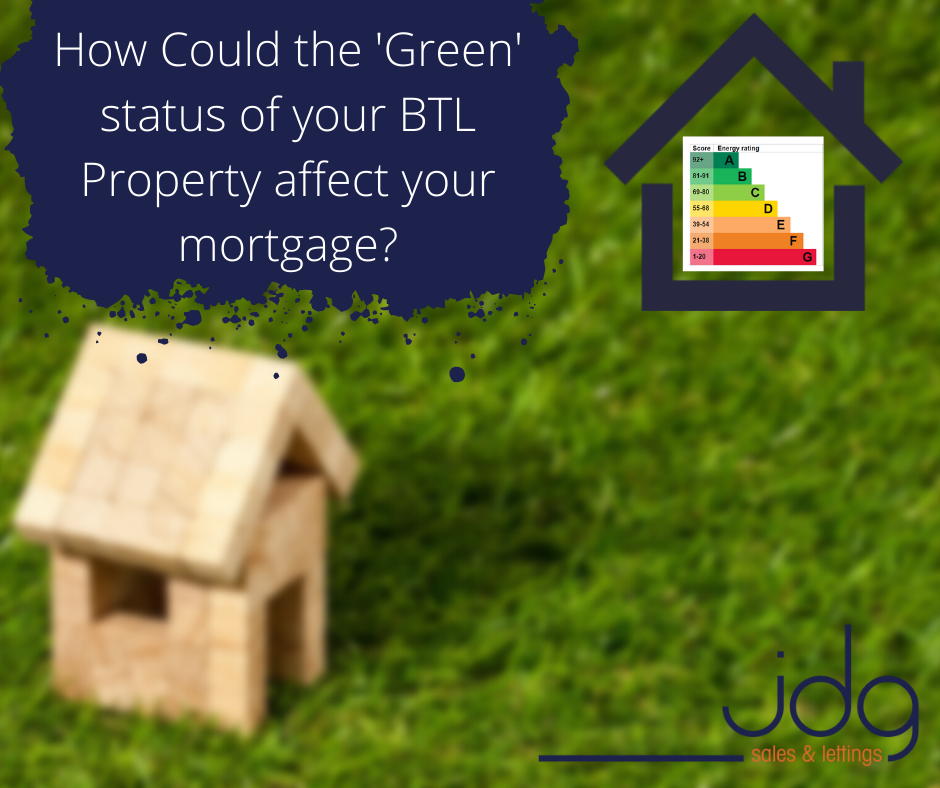Green Energy and Climate Change – these topics are never far away from the top news headlines and we often just think of these in association with fossil fuels, energy production and all those wind turbines up in the hills.
However, the latest plans unveiled by the government are turning their attention to the housing industry and the private rented sector. Whilst landlords have had to ensure that their rented properties are a minimum energy performance rating of ‘E’ and above since April 2018, the new plans propose a target for mortgage lenders to ensure an average energy rating of ‘C’ across their portfolio by 2030. This could mean it becoming much more difficult to get a mortgage on both your own home and for future investment properties if they don’t have a sufficiently high enough energy performance rating. It could also lead to much high rates for those who are not a ‘C’ or above.
On the flip side of this however, is that banks and lenders are looking into new mortgage products for greener homes. Paragon bank for example, have been reported by Property Industry Eye, to have re-launched their buy-to-let product range which actually offers preferential pricing for energy efficient properties – click here for the article. No doubt there will be many more lenders bringing these new products into place to encourage green property portfolios, spelling cheaper rates for BTL landlords.
As the green revolution continues, it is plain to see the increasing the energy performance of both your own home and your investments is going to bring benefits in the future for your tenants and for yourself. Although it may seem a daunting prospect, sometimes it isn’t that hard to increase the overall energy performance of your property. The first step is to take a look at your current report which you can find here.
The report is broken into sections and if you head over to the ‘Breakdown of property’s energy performance’ section, it will show you how each aspect of the property was graded. Some things may be more difficult than others to improve but simple changes such as lighting, heating and windows can make a huge difference to the overall grade. There is also a section with specific tips on improvements you can make.
There are the initial rumblings and rumours of the minimum energy requirement for rental properties to go up to a ‘C’ so the sooner landlord’s begin to look at their properties, the easier things will be if these plans all come to light rather than the mad rush that we have seen in the past.
If you would like any advice on your current rental properties or are considering investing in a new property, just get in touch on 01524 843322 or drop me an email – josh@jdg.couk

